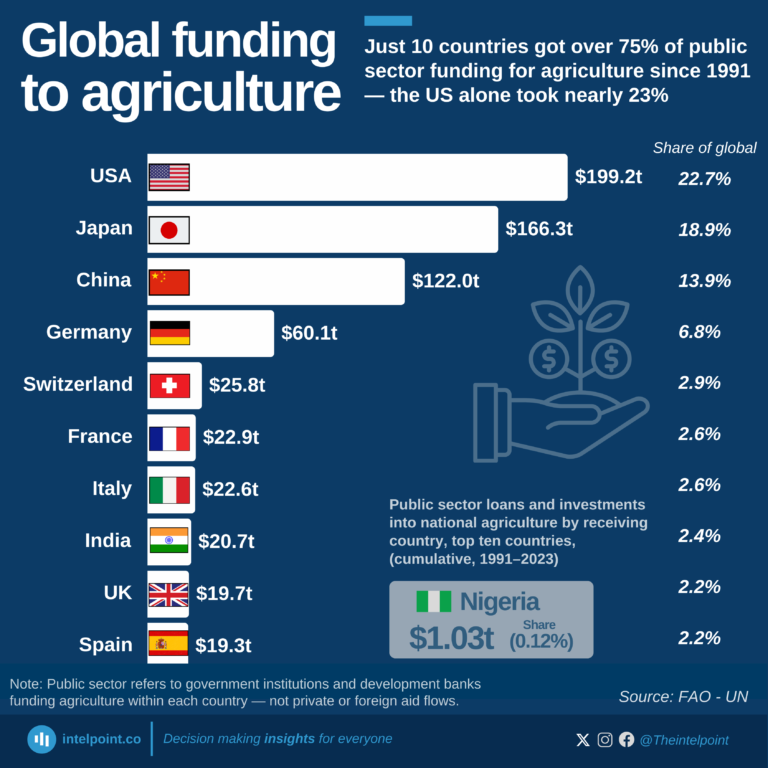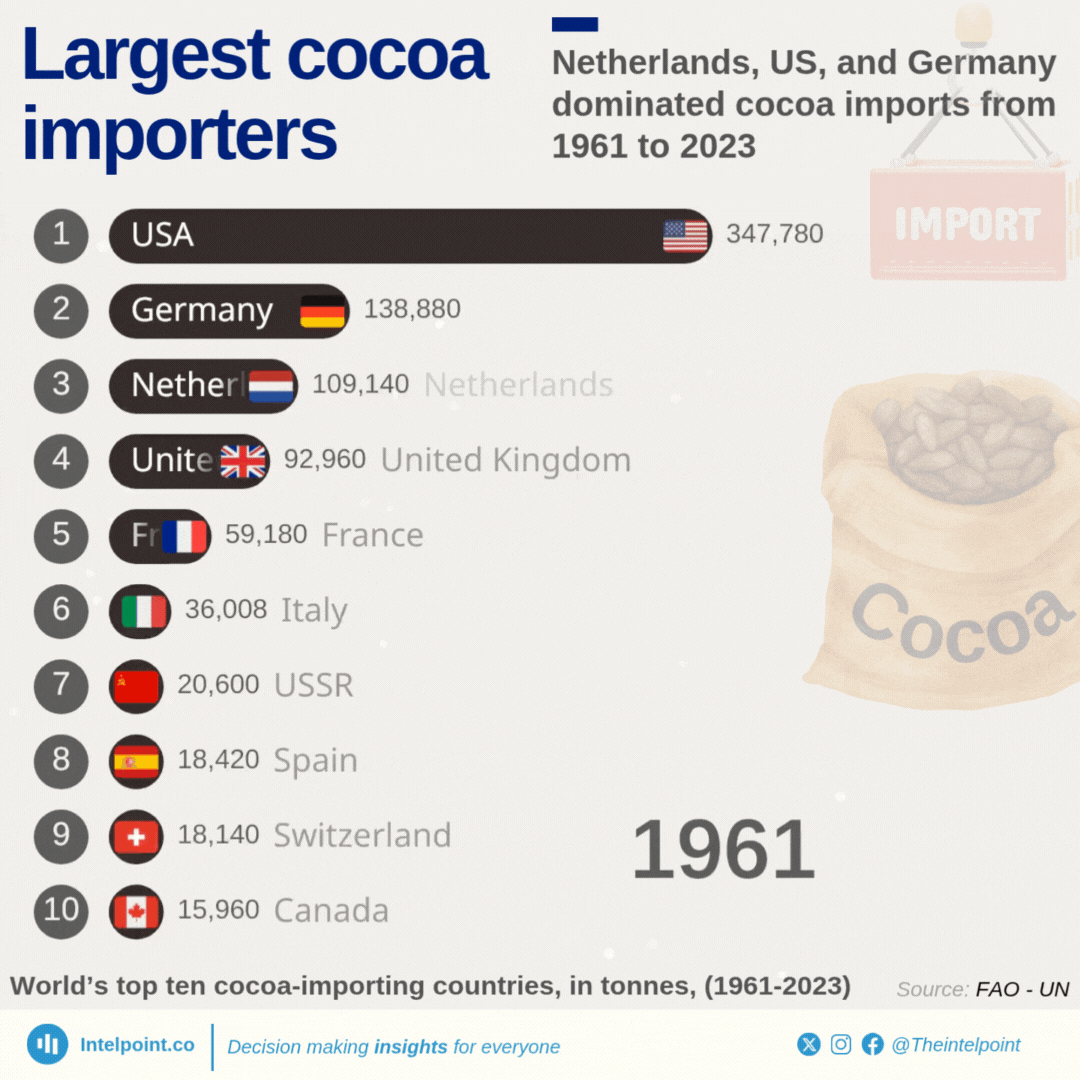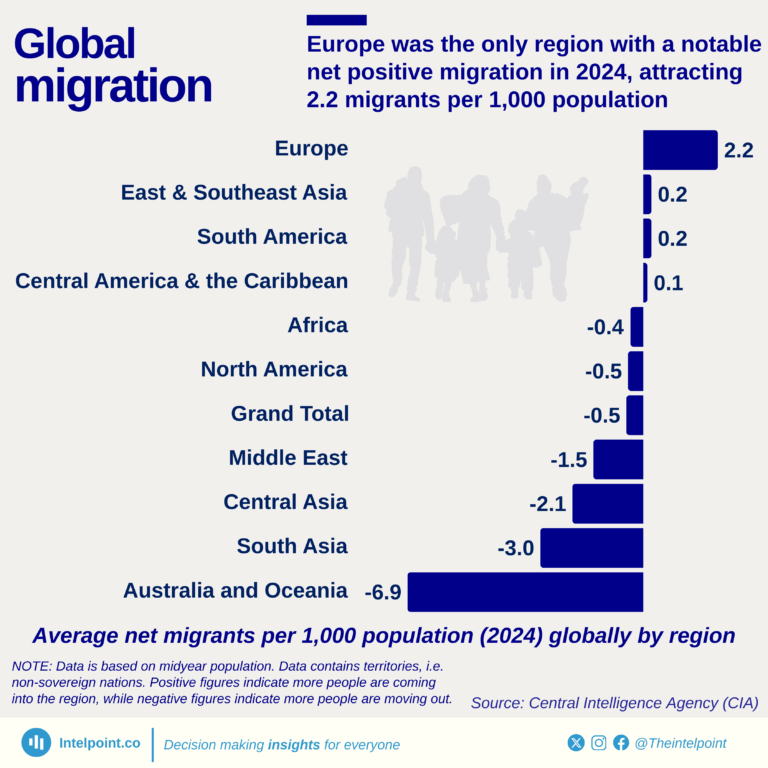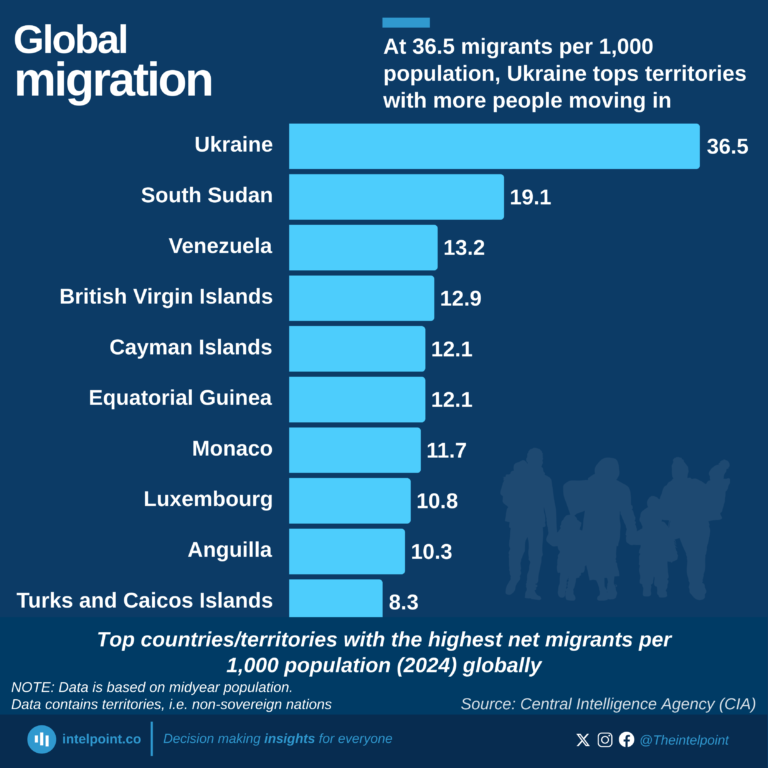
In H1 2024, the UK accounted for nearly half (48.9%) of Nigeria’s capital investments, totalling $2.93 billion, followed by South Africa (14%) and the Netherlands (11%).
This highlights the UK's long-standing economic ties with Nigeria, having invested over $47.5 billion over the past ten years. The UK remains Nigeria's top capital import source.

Oyo State, the sixth most populous in Nigeria, contributed 3.2% of the total internally generated revenue (IGR) in 2022. Notably, its population represented 3.2% of the nation's total, according to a 2023 estimate.

In 2008, only 0.5% of people in Liberia had Internet access. By 2022, that number grew to 30.1%, marking significant progress over 15 years.

Nigeria has made strides in metering electricity customers, but progress is slow, with nearly 7.1 million unmetered customers as of June 2024.
Despite customer numbers doubling from 6.5m to 13m (June 2015-2024) and a 95.4% rise in metered customers, the percentage of unmetered customers increased to 54.4%.
Metering must outpace customer growth to end estimated billing.

In 2023, global vehicle production surged, led by China with over 30 million vehicles — a 12% increase from 2022.
The US and Japan followed, holding 11% and 10% shares, respectively.
Global output rose 10%, reaching 93.55 million vehicles, up from 85.02 million in 2022.
Only two African countries — South Africa and Morocco — made the top 25, highlighting the continent's developing automotive sector.

Argentina's inflation rate dropped to 209% in September 2024 from 237% in August, slightly easing costs. Despite this, the South American country still has the highest inflation rate of the 184 countries and territories ranked.
Nigeria's inflation rate stands at 32.7%, ranking 9th globally and 4th in Africa after South Sudan, Zimbabwe, and Malawi.





